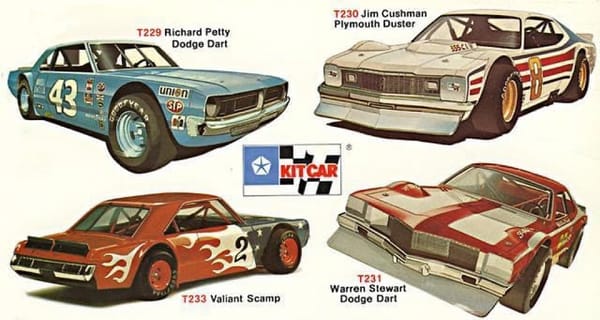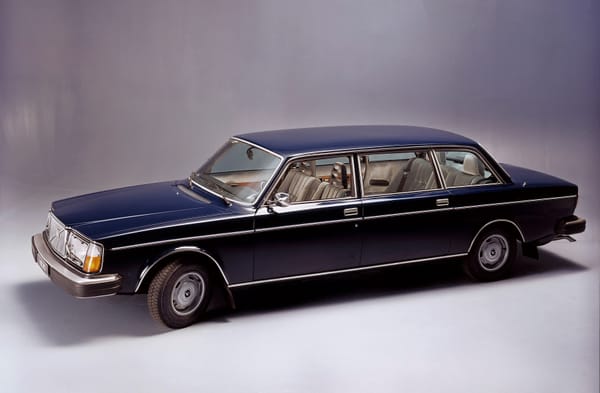A roadster for the end of the world: 2023 Mazda MX-5
What’s life like in 2023 while behind the wheel of a classically engaging sports car?
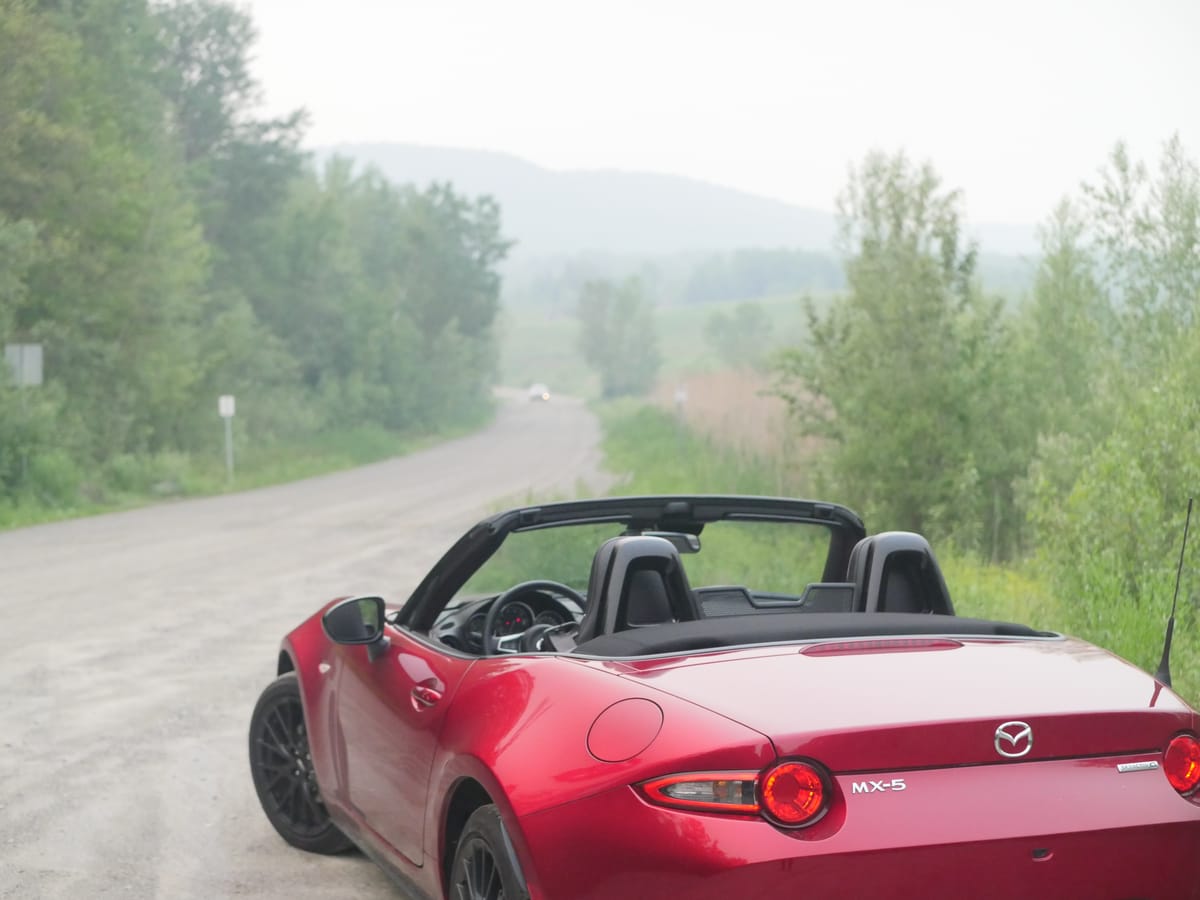
It’s the end of the roadster as we know it…
…and I (mostly) feel fine.
Those of you who need a refresher: the MX-5 is not the most expensive, most powerful, fastest, or most practical Mazda.
Fuel economy? Decent, but not among the best that Mazda can do. If we’re including winter weather, it’s not the grippiest Mazda. It seats two, there’s a decent but small trunk, and my forearm kept selecting things as it naturally tried to rest between shifts on the sub-optimally-placed infotainment dial…
…but I keep wondering, as the sky is completely obscured by second-hand wildfire smoke: are my notes about this roadster’s specs really all that important anymore?
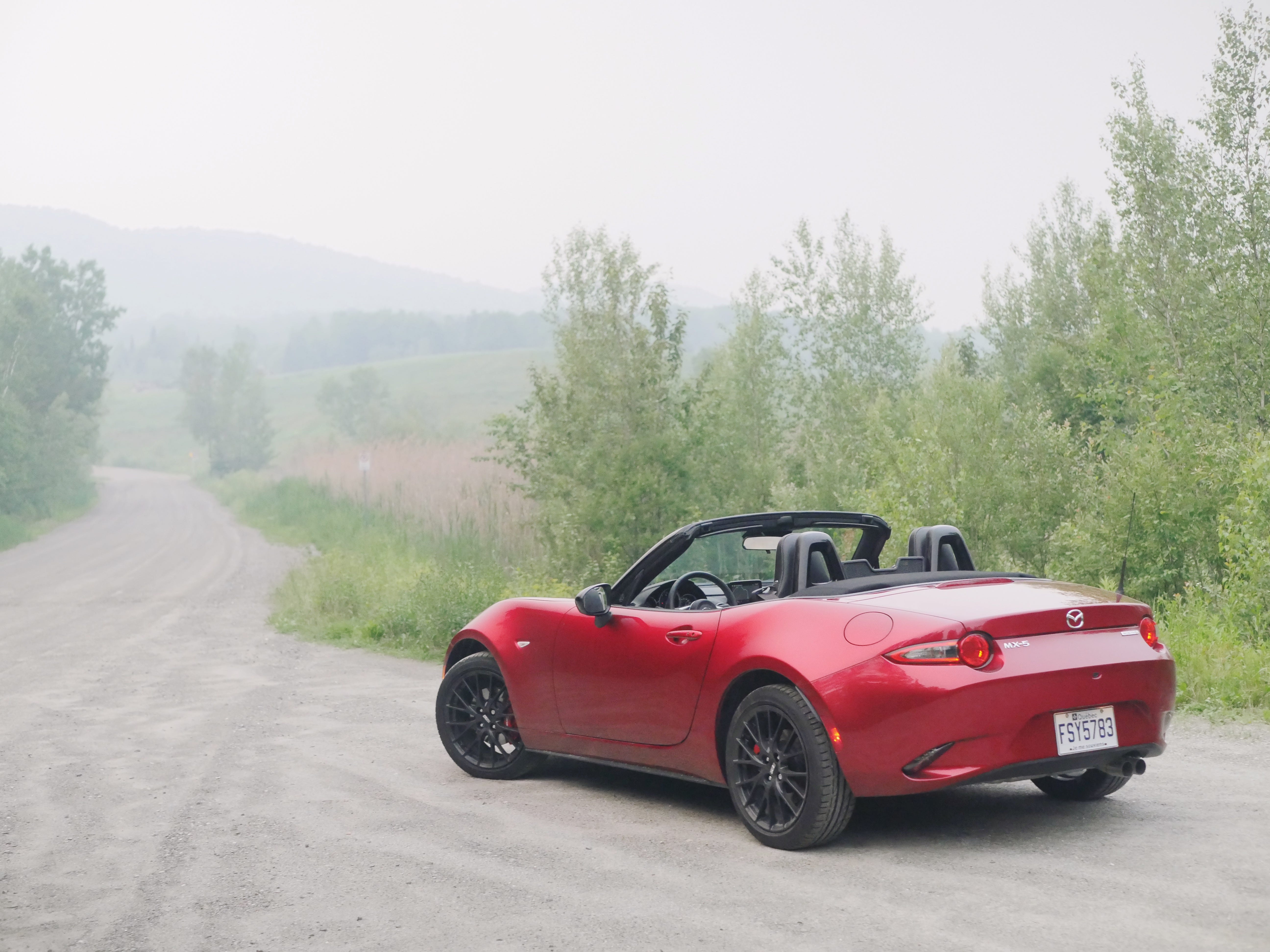
I’ve driven every generation of MX-5 and, apart from the infotainment dial, the same has been true of the car since its introduction—which makes it the undefeated best, most Zoom-Zoom Mazda for each and every year since 1989.
You know this, I know this, and in a sense, you have to admit the MX-5 holds a place in our hearts because it’s a modern anachronism.
Nineteen eighty-nine, aka Year Of Thine Lord’s First Roadster, is less than 10 years after the MGB Roadster exited production, one of the cars often cited by Mazda as part inspiration for that original MX-5.
It’s not like the final 1980 MGB had changed much since the first 1962 MGB. Crucially, instead of reimagining (bloating) the car with every new generation, Mazda hones the original concept every decade or so: NA, NB, NC, ND. This (ND) version showed up overseas back in—has it really been this long—2015.
Eight ND Miata years is also, magically, six decades’ worth of low-cost roadsters. Contemporary and timeless, an act that’s remarkably tough to balance.
My experience was a bit different, driving through dirty-gold smog from some of the largest forest fires in Canadian history. How do the world’s worst Air Quality Index (AQI) numbers feel from behind the wheel of an open top sports car?
In spirit, then, this car is closer to the sweaty backs of Woodstock ’69 than it is to modern-day loves like vape pens, vertical videos, subscription-only software, and Bro-country music.
An MX-5 may look and perform like a modern sports car, but it gets there in a totally different way.
To me, it lives in the white space on our roads, ebbing and flowing between shifts, acceleration, fast and slow corners without being burdened by the need to deliver superlative levels of performance (or to treble the speed limit).
Here, SPORT MODE is a state of mind, not a console button or buried setting.
Put another way:
Do you identify more with the peregrine falcon, capable of diving to 200 mph to slay prey but with a hunting radius of only a few square miles…
Or, hummingbird-like, to nimbly zoom zoom zoom at 1/3 the speed of a falcon but able to happily travel a few dozen square miles whenever you feel like smelling the roses?
If, like me, you think the tastiest treat is enjoying a large bouquet of entertaining roads, read on…
Thank you for reading may I drive your car! This post is public so feel free to share it ;)
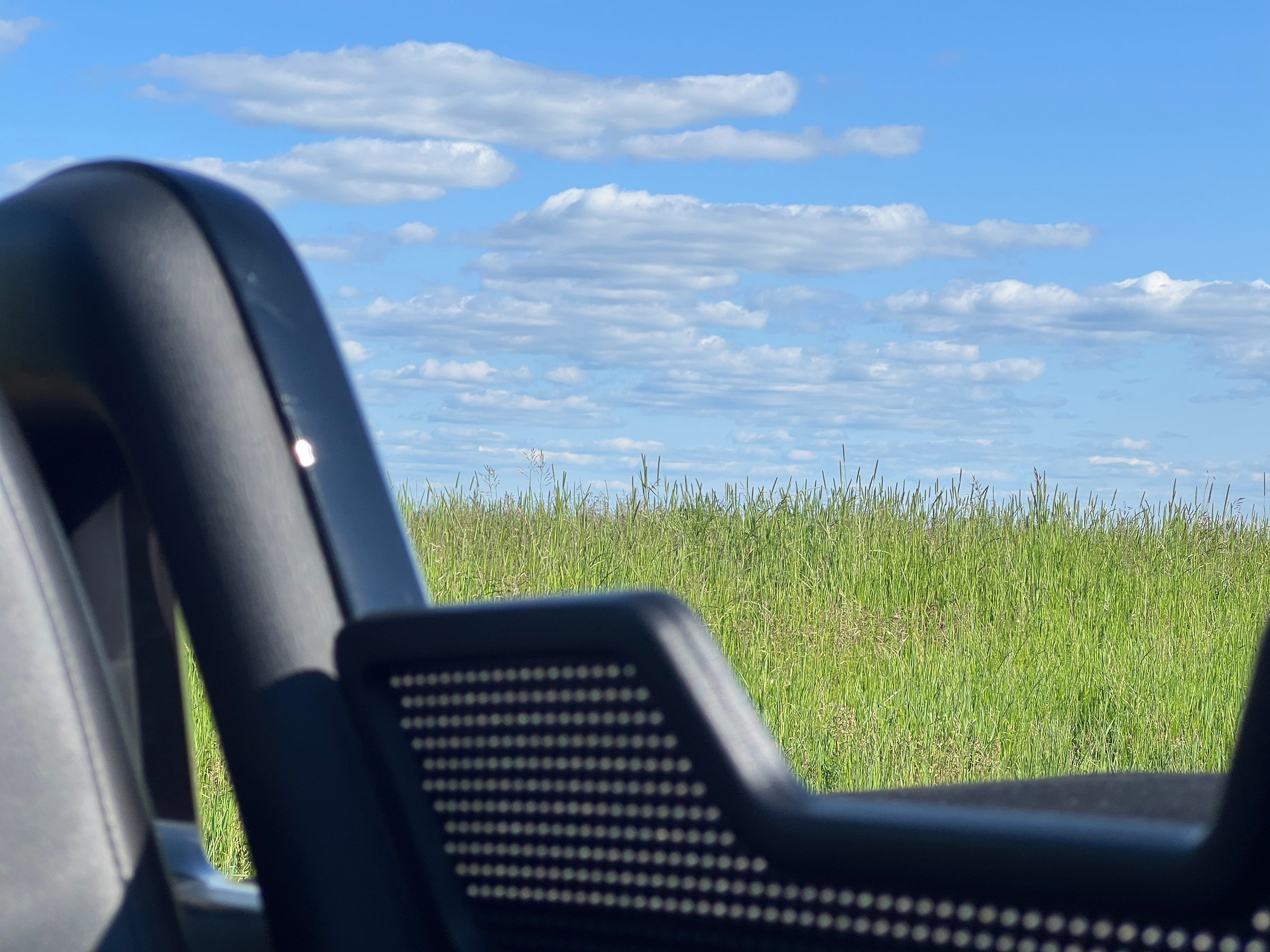
Turns out, my heart beats more slowly and I really do relax when it’s buzzing along with a Skyactiv G engine.
I’m calmed by the car’s somewhat nervous road manners—low weight means softer springs and in theory a more compliant ride, but without much mass, the MX-5 is undeniably affected—shook, even—by the gnarly, wavy roads in my region.
Channeling the image of a nervous hummingbird, my test car experienced harmless but significant-in-my-behind front to rear oscillations for a long stretch of unsurfaced highway. It shivered across surface changes, was heaved around by the crown of the road, and hopped across des petit nids-de-poule.
Flipside? It positively swooped through corners, quickly flew up the rev range, effortlessly pecked off downshifts, and confidently pitched into Brembo-induced dives.
Speaking of specifications, here they are:
Google Drive links: WINDOW SHEET | 2023 MX-5 specifications
Turbocharged by our warming climate, these increasingly-common natural disasters will force car enthusiasts to respond in ways we haven’t prepared for.
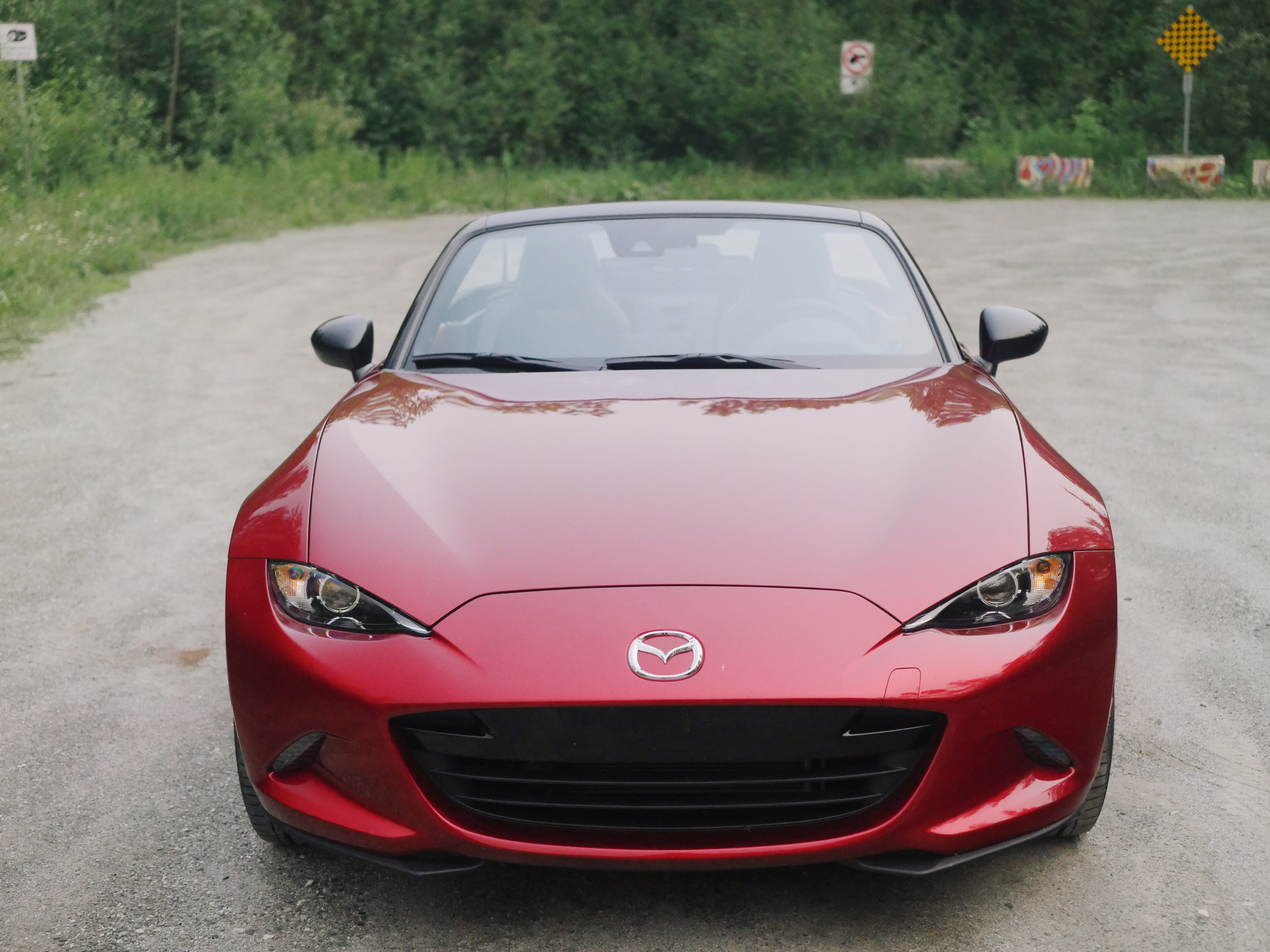
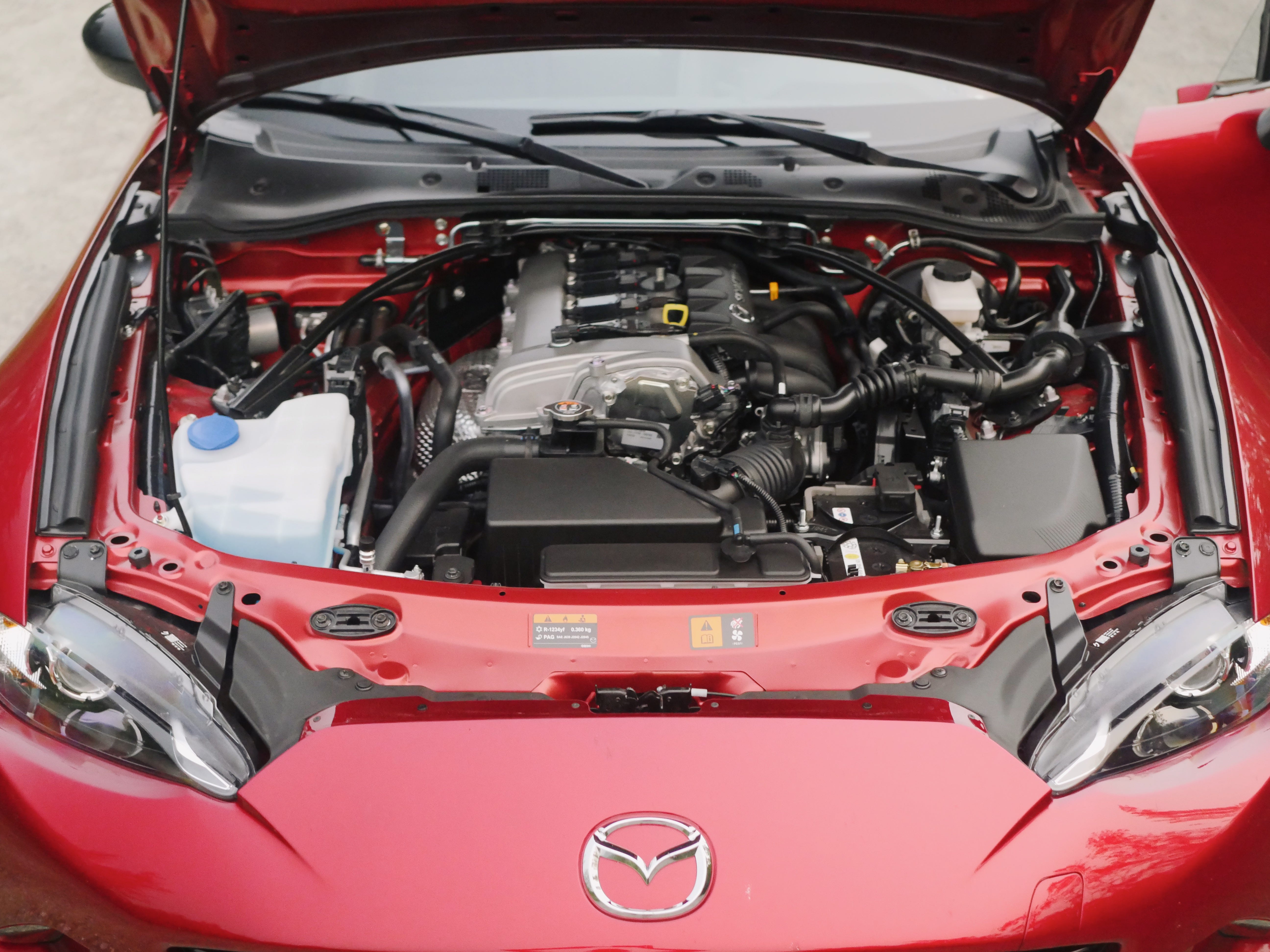
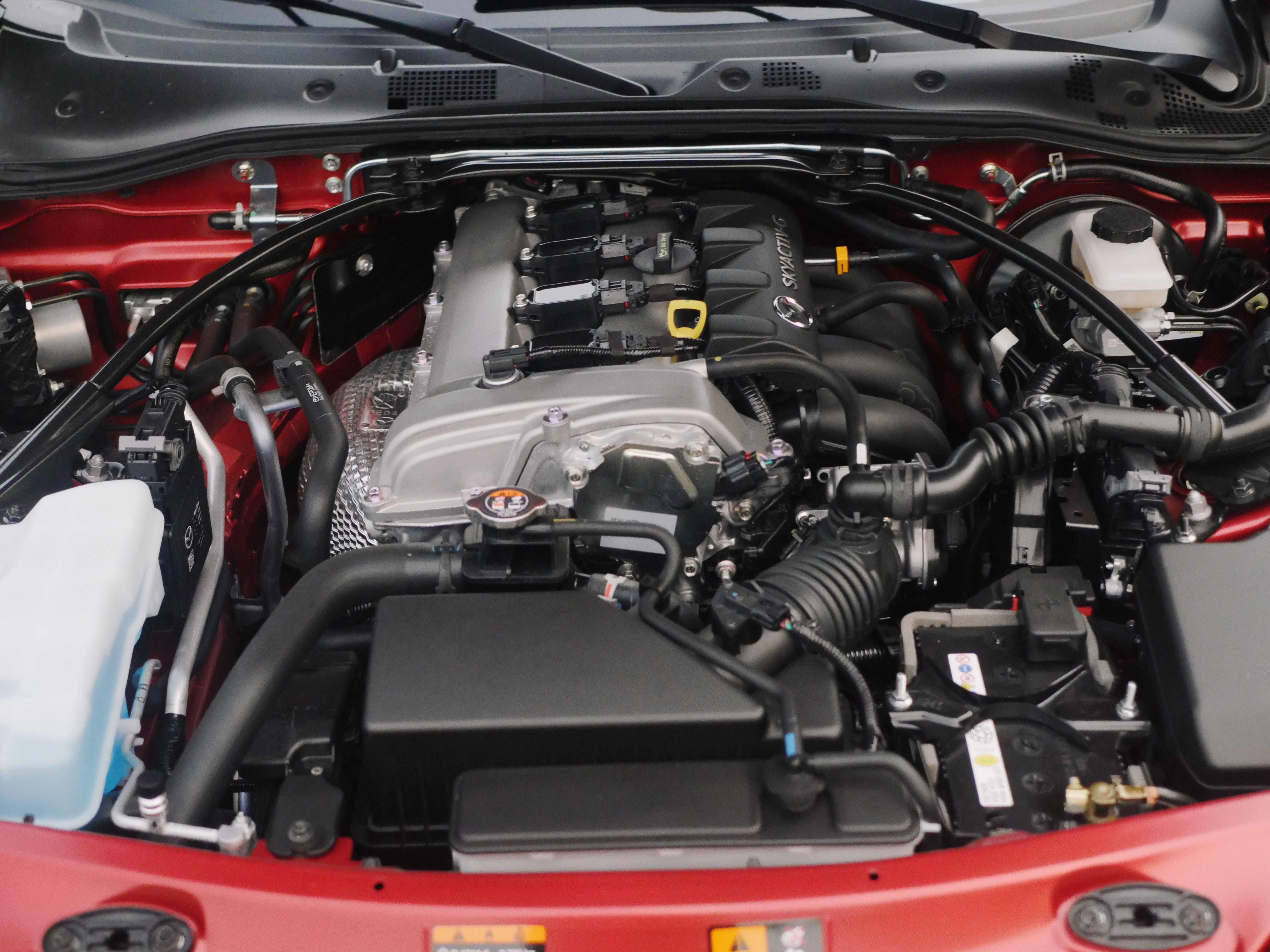
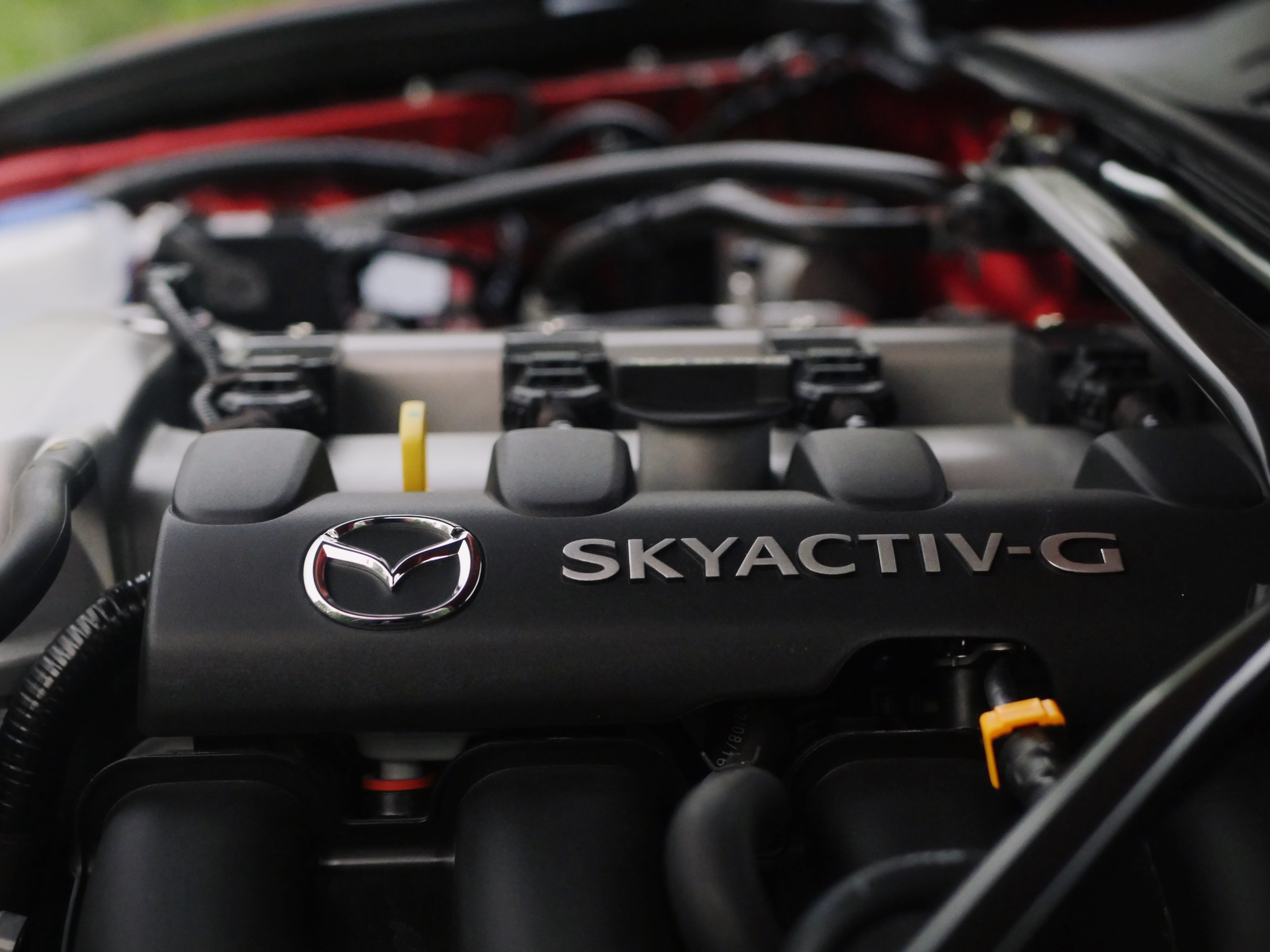
Like the most vulnerable of our nature-dwelling friends, the convertible experience requires surrender—at least in part—to the wide, wild world around you.
A typical MX-5 review may cite the uncontrollable smells, side gusts of wind, detours, and rogue rain clouds as things that detract from the fun.
My experience was a bit different, driving through dirty-gold smog from some of the largest forest fires in Canadian history. How do the world’s worst Air Quality Index (AQI) numbers feel from behind the wheel of an open top sports car?
Smog may be new to you, but for millions, it’s not. I’m used to it: my elementary schoolyard had an early warning siren looming in the corner of the playground, blaring occasionally when nearby petrochemical plants leaked or flared above acceptable levels. Sometimes, the acrid, humid summer air sat on my chest like a weighted blanket.
Smoke and flare stacks aside, forest fires decimating some of Quebec’s most lush forest are somehow more terrifying than lower levels of everyday exposure. Turbocharged by our warming climate, these increasingly-common natural disasters will force car enthusiasts to respond in ways we haven’t prepared for.
During my time with the MX-5, I deliberately went out for a drive in heavy smog—top down time lasted about 20 minutes, before my asthma became too tickled. Here I was, on some random (very smooth, not to worry, Mazda) clay/dirt C-road, escaping on a pleasure drive to evaluate a sports car, wondering: how long until drives like this cease to be enjoyable?
The car’s tactility, response, performance, and efficiency were terrific—but let’s not dwell on the fact every curvy road and picturesque vista was trapped by an insane amount of particulate matter: reading as much as 142 on the AQI-US index.
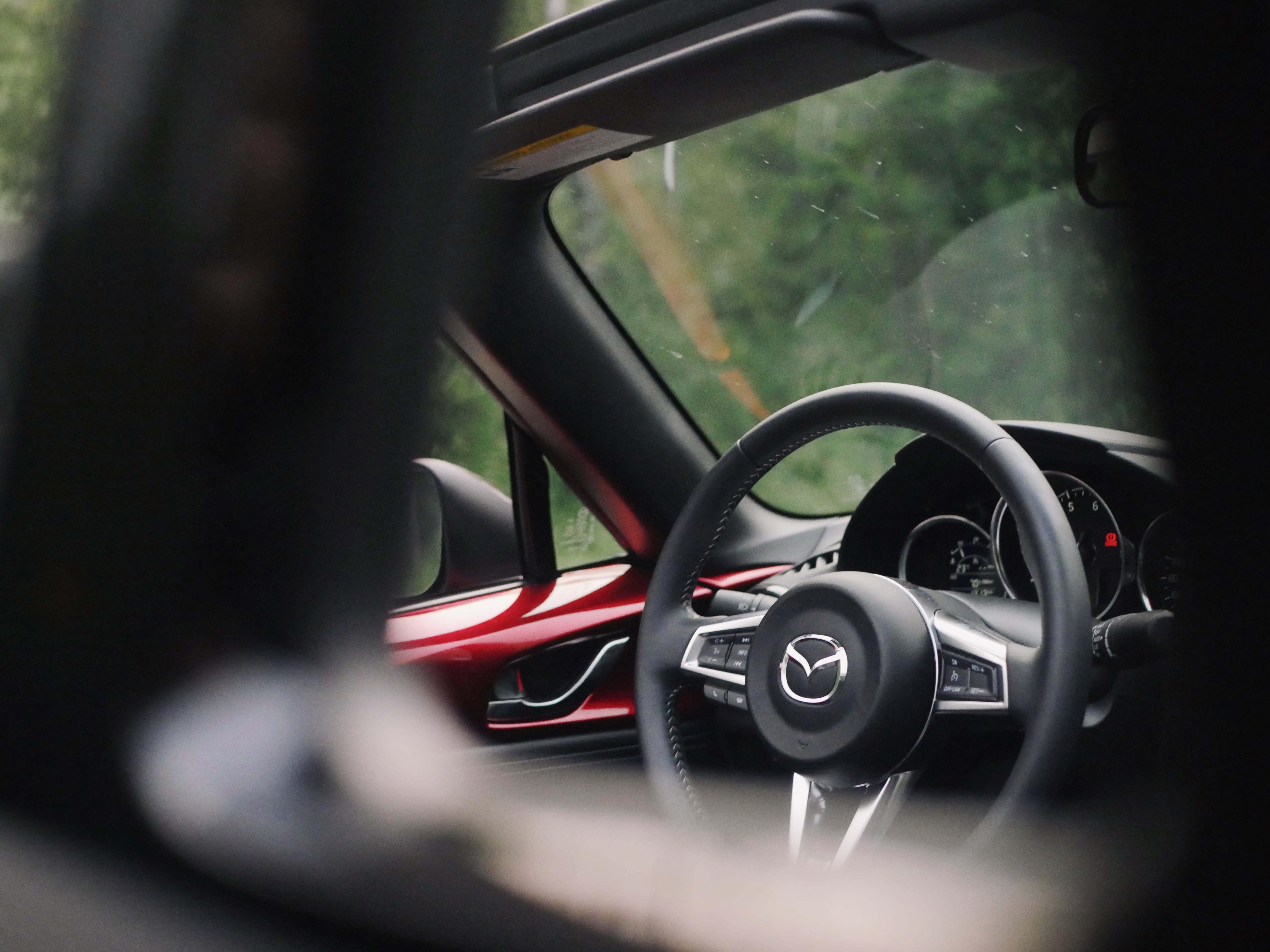
I chose to drive around in bad weather—the most vulnerable, poor residents of the world’s most polluted cities haven’t been so fortunate.
Tremendous privilege is why this all happened; I’m writing this in the air conditioned comfort of my apartment, after borrowing a $44,745 roadster for a week at the cost of a few tanks of 91 octane fuel.
Thing is, I see small sports cars like the MX-5 as an endangered species crucial to the survival of a very specific genre of motoring. Vehicles have gotten much larger since the Mazda roadster’s debut, with some experts suggesting manufacturers will build electric vehicles and / or large, heavy-duty trucks that are able to skirt emissions regulations.
Nobody’s drafting legislation to Save The Roadsters, which is a shame: a lighter-weight car like the MX-5 needs fewer materials in production, consumes less fuel over its lifetime, and wears out consumables like tires and brakes at a slower rate than a heavier vehicle serving a similarly sporty purpose in life.
I’m not suggesting all automakers downsize their models for ecological reasons (it’s easier to just cancel them) so appreciate and enjoy enthusiast-focused cars while you still have the chance.
One day, the world will have enough sports cars. Tinkerers will have hoarded enough parts to keep them going (using 3D printers when none are available)—and major automakers will turn their attention to serving the mass market. As EVs mature and global leaders begin to take zero emissions mandates seriously, “the business” will drift away from an edge case like the MX-5..
Mazda isn’t producing the MX-5 at a factory in Japan, then shipping them around the world for altruistic reasons: it must earn profit and stay well within vehicle emissions targets approaching the company’s commitment to net zero by 2050.
Do the math: by the time an 8-year financing agreement is fully paid, 2023 becomes 2031. The Canadian government wants all light-duty vehicles sold in this country to be electric…by 2035. Several other countries are on a similar timeline, meaning either the current or next MX-5 will be the last combustion version through no fault of its own.
Google “city ban on combustion vehicles”—something I’m broadly in favour of—to see if there’s already legislation coming to a locale near you.
As dealers are squeezed from major cities, service and support will become harder to find, turning owners of these late Capitalist, precision-built Roadsters into curators who will look like Pre-War car owners do now. “Shall we dress up in our Racing Beat windbreakers and take the Miata for a pip, dear?”
All-day drives and covering more than 1,000 km in a week will also be tougher in the future, as range anxiety shifts due to soon-to-be prolific EV chargers. Impromptu, unassisted, go-where-the-wind-takes-me drives in gasoline vehicles may be around for…what…15 years at best here in Canada?
At a generous 30,000 km per year, a person could drive an MX-5 about 450,000 km in that time, more and more likely its convertible top will stay up over time due to environmental hazards brought on by climate change.
I’m not the only one thinking about this: in late 2022, Mazda UK completed a 1,000 mi (1,609 km) road trip using only sustainably-sourced fuels, touting that it performed identically to how a gasoline-powered MX-5 would have.
To anyone who owns a sports car, is shopping for one, or intending to continue playing with them long-term, there’s one question to keep asking yourself:
Is the experience worth it?
I’d say: every moment the sun’s still shining.
Thank you for reading may I drive your car?. This post is public so feel free to share it.




